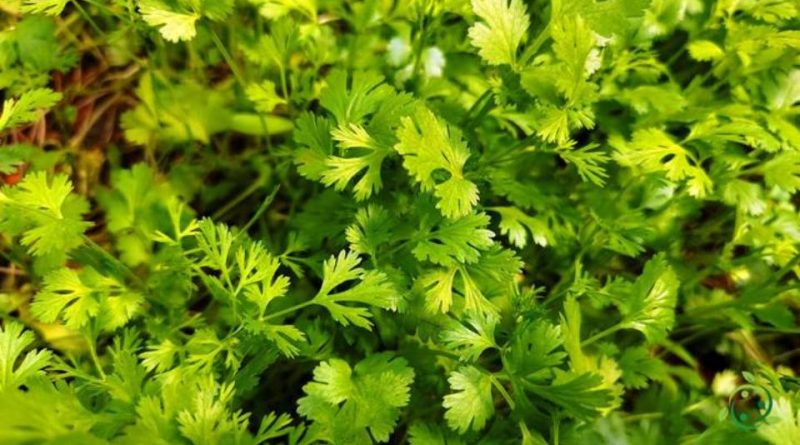How Coriander propagates
How Coriander propagates
Coriander (Coriandrum sativum, L. 1753), also known by the name of Chinese parsley, is an annual herbaceous plant of the Apiaceae family. This plant is native to the Mediterranean regions of the southwest. In Italy it is cultivated and rarely naturalized.
For the propagation of coriander you can start from seeds purchased at specialized shops or online or, from the collection and storage of the umbels, which must be cut together with their stem.
Usually the collection of the umbrellas is used to preserve the product, trying to keep its aroma as much as possible. In this case, the harvest must take place early in the morning when the coriander is still damp with dew. Whether it is to be kept for consumption or for the conservation of the seeds, the umbels must be dried immediately otherwise over time, in addition to losing many properties for consumption, they also lose the power of germination.
The umbrellas are normally gathered in bunches and hung in shady places, when they are well dried they beat inside a bag to separate the fruits from the peduncles that support them.
The stored seeds are then ready for the sowing phase.
Propagation by seed –
Before moving on to the description of the sowing phase, remember that coriander prefers all those particularly loose soils, with a medium texture, an excellent level of drainage and calcareous, even if it can vegetate very well even on clayey and sub-acid soils; on the other hand, it does not tolerate humid and compact soils, given that they are particularly subject to water stagnation, which can be the cause of the death of this plant.
Furthermore, before moving on to sowing, it is necessary to proceed with various operations of refining the soil.
The sowing must be carried out in the initial part of the spring season, especially during the month of April, with the seed that must be placed directly in the ground at a depth of about 3-4 centimeters.
When sowing, if possible, it is necessary to operate in rows keeping a distance between the various rows of at least thirty centimeters, while on the row of 3-4 cm. The sowing density is thus higher than 100 plants per square meter. If you cannot sow in rows, you will have to thin out later taking into account the optimal density.
For the details of the cultivation technique, refer to the following sheet.

